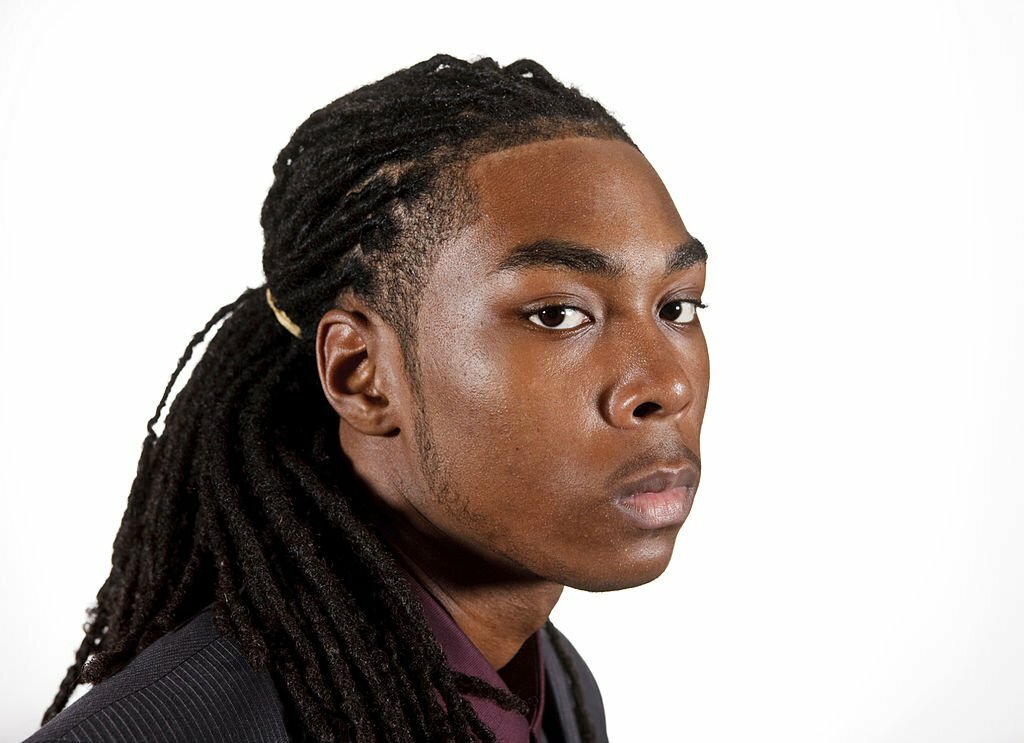Having the best-styled dreadlocks is one of the coolest trends now. With the right technique, interlocking locs or any other type of locs can be created easily, as you may think that dreadlocks are not a hairstyle but a lifestyle.
So, if you are ready to care for your hair to get the perfect locs, only dive into this river.
Interlocking, also known as “latch hooking” or “root flipping,” is the most popular and advanced name for the same locks created using professional tools or fingers.
Celebrities like Lenny Kravitz, Zendaya, Rihanna, and others have been rocking their looks on the red carpet and social media.
If you’re also inspired by them or any other person on social media to get started with the interlocking dreadlocks, ensure you have gathered all the knowledge about the dreadlocks journey.
Remember that the locs journey is a long-term process, and new hair growth takes time to adjust with the hook locs. Now, let’s discover more about the locs, their creating techniques, the pros and cons of getting the locs, and more.
How to Create Interlocking Locs?
This type of locking is the first and foremost type of locs, which involves knotting the hair to start locs.
Interlocking is one of the finest types of hair dreadlocks that can be easily made with the tips of the fingers and other tools. The baby hair is threaded with the needle into a stitch, except for the thread in this technique.
If you are new to this locs type, go through a series of tutorials on YouTube and then start your locs. Another best way is to look for politicians with enough experience and skills to create the interlocks from scratch.
Some locticians believe that threading the tips of the dreadlocks through the scalp follicles tightens the locs and helps follicles fuse or lock easier. Only an experienced electrician can help you better in this regard. So, consult and discuss with an expert before starting the interlocs.
Pros of Interlocs
Having the interlocks can be a life-changing experience. Moreover, it is a lifestyle beyond a hairstyle, requiring you to change your hair care routine. Here are a few advantages of starting the interlocking dreadlocks on your head:
1. Long-lasting maintenance:
The process of interlocking comes with an extended locs maintenance time frame. For instance, in other types of dreadlocks, you must maintain your locs once a month.
While for the interlocking locs, you will need to refresh them every eight weeks, which is a good time frame.
2. All hair textures:
Certain types of dreadlocks are specific for certain hair textures. Interlocs have the advantage that they cover all hair types and hair textures.
Moreover, this style is easy to start on the baby’s hair.
3. Uniform locs:
This is the only hair styling technique that develops into uniform locs. All other types of dreadlocks are prone to disturb the hair texture, strength, and size of the locs.
On the other hand, this type develops into uniform, smooth, and silky locs.

Cons of Interlocking locs
With so many positive sides of starting locs, one must be vigilant about the cons that this technique brings. For example:
1. Smaller locs:
Interlocking is better for people with short hair as it tightens locs, which can be heavier on the scalp.
2. Irreversible knots:
Although interlocking is quick, speeding up the technique without maintenance can result in irreversible hair knots on the scalp. It can lead to hair damage and more.
3. Potentially damaging:
Not creating the interlocking locs correctly can lead to potential side effects. When not executed proficiently, it can create holes in the scalp, leading to traction alopecia.
How Often to Interlock?
Once you have started the interlocking journey, maintaining them is a routine. The maintenance depends on the situation of your locs, how you care, and how fast your hair grows. But the most recommended is to maintain them every six to eight weeks.
Moreover, how often you should interlock depends on your hair type and the rate of your hair growth. The beauty of the locs is to have clean and well-maintained locs.
Here, we share several interlocking dreads maintenance tips that can be helpful in your interlocking journey:
- Limit the activities that cause sweating to keep your scalp clean.
- Wrap the locs in a satin scarf when going to bed to avoid friction.
- Wait to wash your locs very often.
- Consult your loctician to understand the root cause if you feel an itchy scalp.
- Wash your locs once in two weeks.
- Use professional tools to maintain the interlock at home.
Wrapping up:
Interlocking locs are best for individuals with fine hair. Certain hair tools, such as crochet needles, are helpful in starting the interlocks.
Moreover, people with any hair type can get the interlock if they know how and when to maintain their locs. The best way is to discuss with a hair expert and get professional services.
FAQs
What does interlocking do to the locs?
Interlocking is the technique in which the end of the loc is pulled through the roots to tighten the nut growth of the scalp.
What is the difference between interlocking and retwisting?
The interlocking technique is feasible for all hair types to start the locs, while retwisting helps tighten the loose dreads.
Does interlocking stop hair growth?
No, interlocking doesn’t stop hair growth. It may cause hair thinning and alopecia not to perform correctly.



